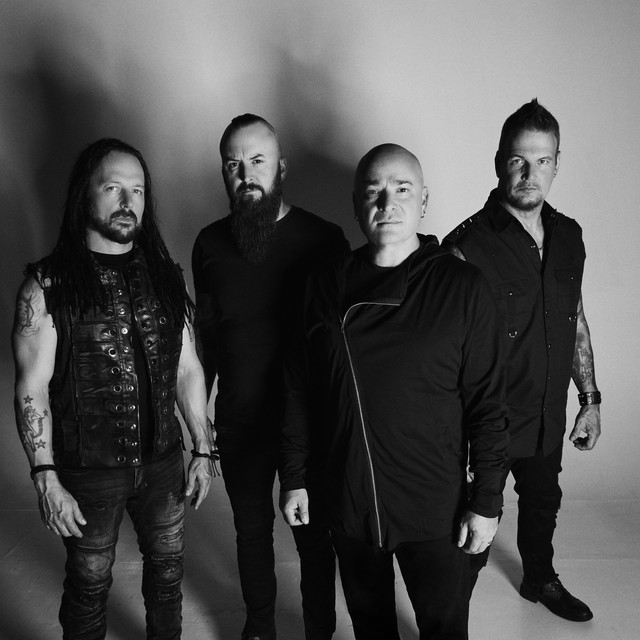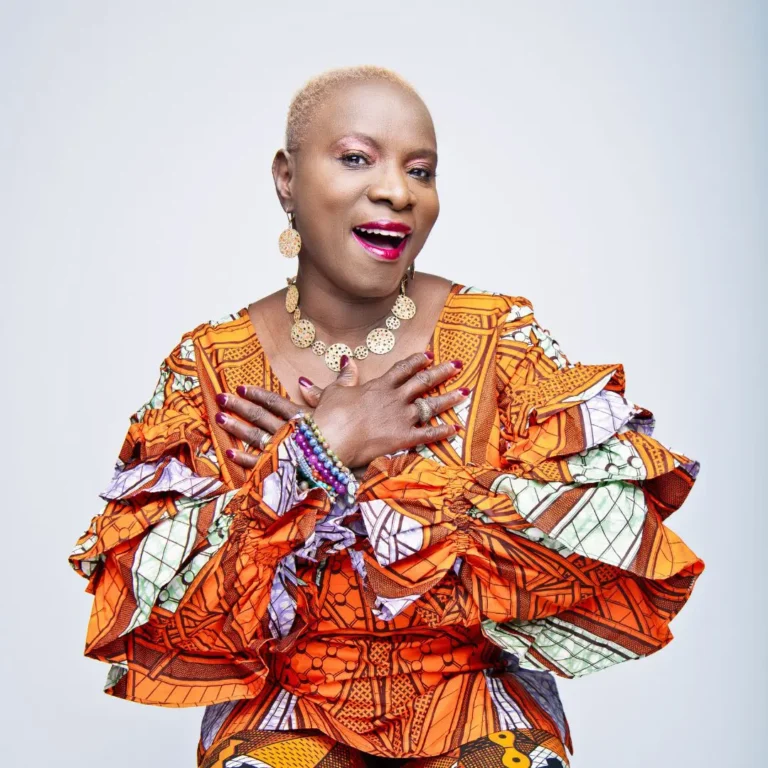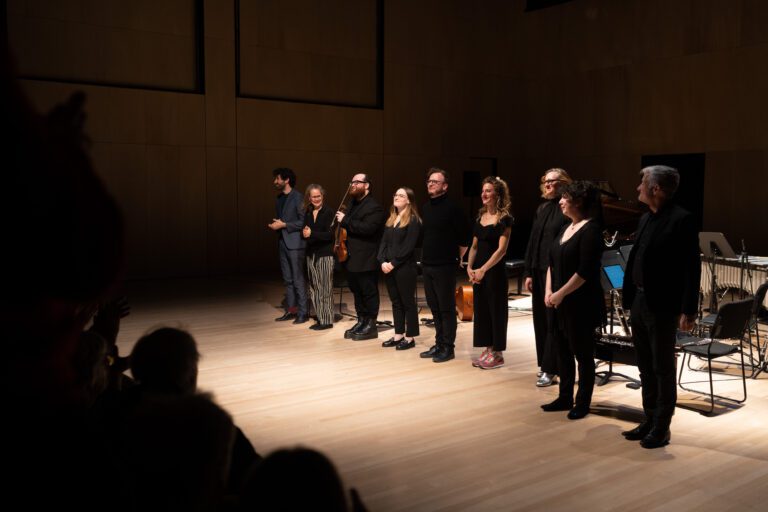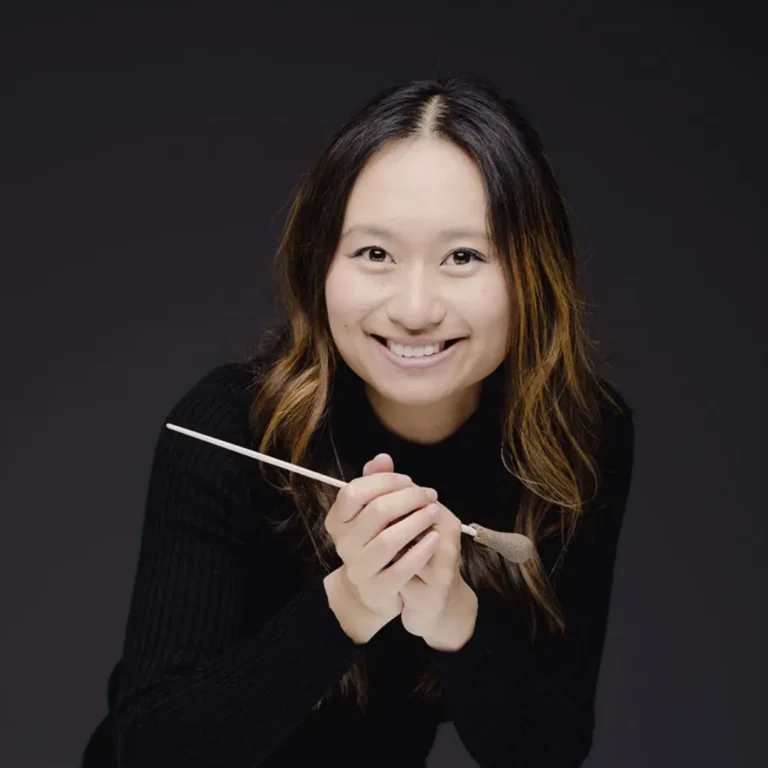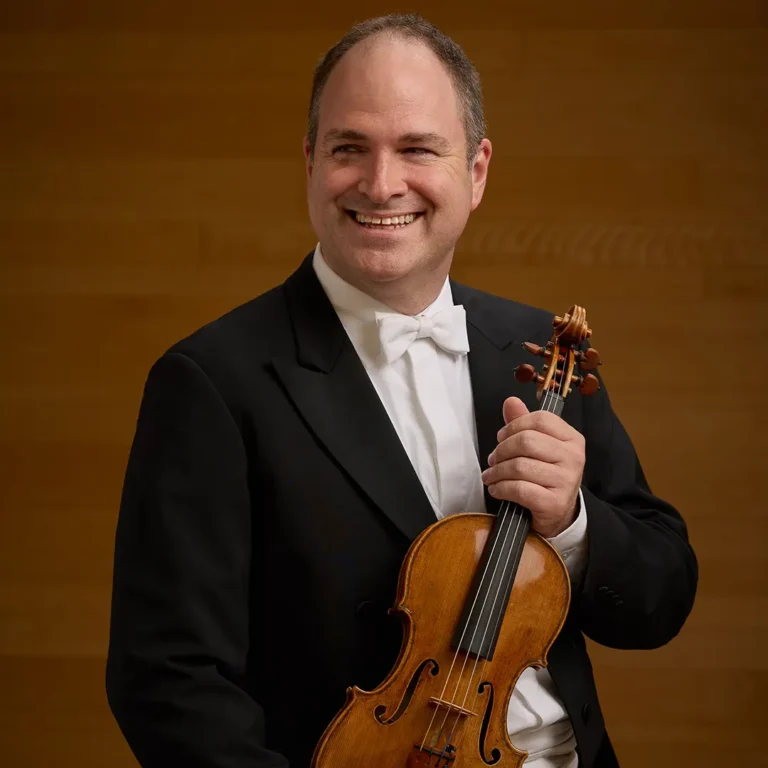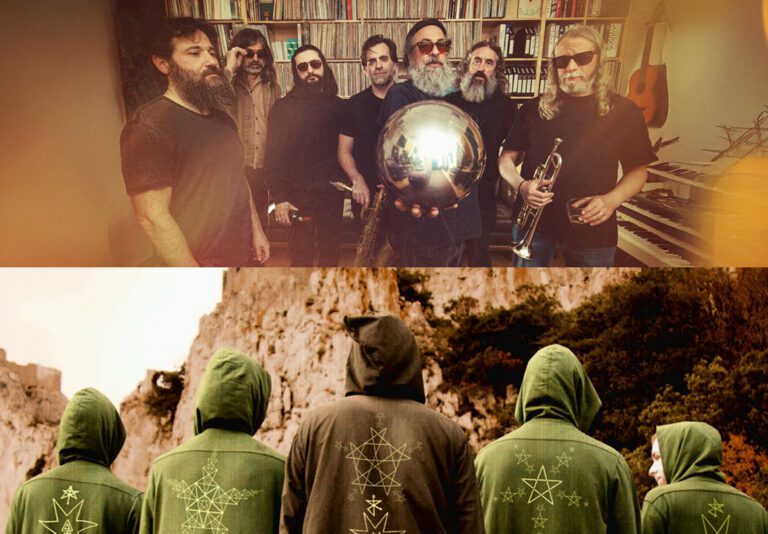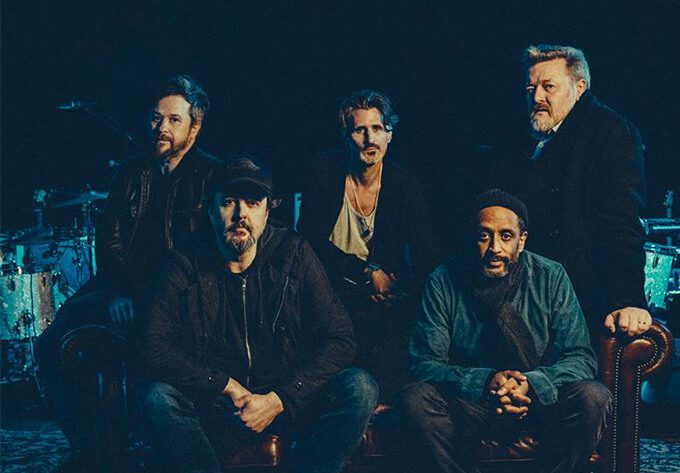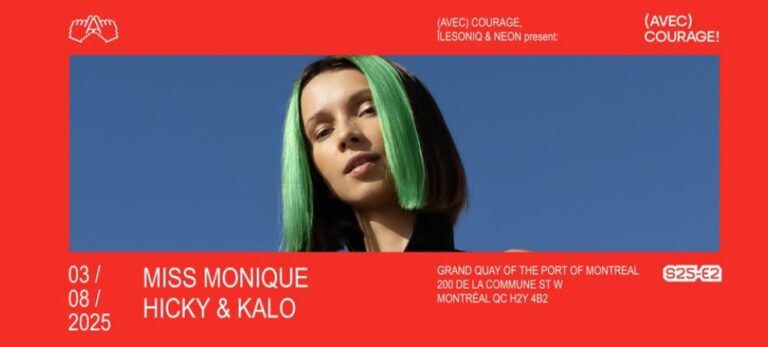Juan Atkins, le godfather de la techno de Detroit, nous honore de sa présence pour un All Night légendaire. Voyez cette soirée comme une masterclass du party à ne manquer sous aucun prétexte.
Juan Atkins, the godfather of Detroit techno, kicks things off with a legendary all-nighter. Think of it as a masterclass in partying—not to be missed under any circumstances.
Juan Atkins
Pionnier majeur de la musique électronique et largement considéré comme le parrain de la techno de Détroit, Juan Atkins est apparu sous des pseudonymes tels que Cybotron, Model 500 et Infiniti, et a publié de nombreux classiques dont le titre électro « Clear » de 1982 (souvent considéré comme le premier morceau proto-techno). Expérimentant la fusion du funk extra-terrestre de Parliament Funkadelic avec les rythmes futuristes et le hard math de Kraftwerk et les théorèmes de danse progressive proposés par Giorgio Moroder, les Model 500 12′′s ont posé les jalons de la Detroit Techno. La Detroit Techno a rapidement traversé l’Atlantique et a immédiatement déclenché la culture rave émergente et, peu après, l’ensemble de la communauté mondiale de la danse. À la fin des années 80, Atkins, sous le nom de Model 500, est resté l’un des producteurs de musique électronique les plus prolifiques et les plus recherchés tout au long des années 90. En remplissant les clubs de Detroit à New York, Londres, Paris, Berlin…, Juan est passé maître dans l’art de s’imprégner des nouveaux éléments rythmiques de la dance music contemporaine tout en gardant intact son sens infaillible et immédiatement reconnaissable de la mélodie.
A major electronic music pioneer and widely regarded as the Godfather of Techno from Detroit, Juan Atkins appeared behind aliases such as Cybotron, Model 500, and Infiniti, and has released many classics of sublime Detroit techno, including the 1982 electro track ‘Clear.’ (this track is often considered the first proto-techno track). Experimenting with fusing the extra-terrestrial funk of Parliament Funkadelic with the futuristic rhythms and hard math of Kraftwerk and the progressive dance theorems proposed by Giorgio Moroder, the Model 500 12′′s laid the blueprint for Detroit Techno. Along with the tracks made by two schoolmates, Derrick May and Kevin Saunderson, Detroit Techno quickly made its way across the Atlantic and immediately sparked the emerging rave culture and soon after the entire global dance community. Moving through the later 80’s as Model 500, Atkins continued as one of the most prolific and sought after producers of electronic music throughout the 90’s. Packing clubs from Detroit to NY, London, Paris, Berlin…, Juan has mastered the art of soaking up new rhythmic elements from contemporary dance music while keeping his unerring, instantly recognizable sense of melody intact.
Martin Bootyspoon
Le producteur et DJ montréalais, né Jason Voltaire, est un provocateur déterminé – un artiste qui construit des mondes extatiques où s’entrechoquent salacité, satire et sub-bass. Issu de l’underground montréalais post-club qui a vu naître Sinjin Hawke et Lunice, Martyn Bootyspoon a fait ses premières vagues avec un mélange irrévérencieux de ghetto tech, de jacking house et d’électroclash, le tout empreint de l’esprit qui le caractérise. Depuis, il est devenu l’un des artistes de danse les plus singuliers d’Amérique du Nord, à la fois showman et technicien. Derrière les platines, ses sets sont des sermons changeants : la techno qui fait vibrer les côtes et la ghetto house qui fait claquer le corps sont tissées ensemble avec des flips vocaux absurdes et un flair narratif. Sa performance n’est jamais passive – c’est un dialogue avec le dancefloor, plein de tension, d’agitation et de relâchement total.
The Montreal producer and DJ, born Jason Voltaire, is a provocateur with purpose — an artist who builds ecstatic worlds where salaciousness, satire, and sub-bass collide. Emerging from the same post-club Montreal underground that birthed Sinjin Hawke and Lunice, Martyn Bootyspoon made early waves with an irreverent blend of ghetto tech, jacking house, and electroclash, all laced with his signature wit. Since then, he’s become one of North America’s most singular dance artists — equal parts showman and technician. Behind the decks, his sets are shapeshifting sermons: rib-rattling techno and body-slamming ghetto house are woven together with absurdist vocal flips and narrative flair. His performance is never passive — it’s a dialogue with the dancefloor, full of tension, tease, and total release.
Bianca Badita
Bianca Badita, résidente du collectif Ärder, propose une techno rapide et hypnotique. Elle commence son parcours musical en 2019 après plusieurs années passées sur le dance floor. Bianca a partagé la scène avec Drumcell, Amotik, Marrøn, Rene Wise, Nørbak, Stef Mendesidis et artistes locaux. Elle a fait son apparition avec OCTOV, Noreiner, North of Nowhere, Shift Radio, Playground Filth, Bisous, LaNorth, Autobahn, PROHIBITION et plusieurs autres collectifs montréalais. Sa sélection transporte ses auditeurs dans un espace sombre et rempli d’énergie. Un arrangement diversifié d’influences et de genres assure que le public reste attentif et curieux pendant chacune de ses performances.
Montreal local & Ärder Resident Bianca Badita, delivers powerful, warehouse-primed techno. Her sounds can be defined as industrially potent and eerily hypnotic. She starts her musical journey in 2019, after many years of attending raves and being a dance floor enthusiast. Bianca shared the stage with Drumcell, Amotik, Marrøn, Rene Wise, Nørbak, Stef Mendesidis & local artists. She made her appearance with OCTOV, Noreiner, North of Nowhere, Shift Radio, Playground Filth, Bisous, LaNorth, Autobahn, PROHIBITION and several other Montreal collectives. Her selections lay a foundation that transport her listeners to a dark and cemented energy-filled space. A diverse arrangement of influences and genres ensures that audiences stay attentive and curious towards each of her performances.
Donotstealmyname
Donotstealmyname joue dans toute la ville depuis des années et la plupart d’entre vous la connaissent déjà et savent ce qu’elle sait faire ! Cette Montréalaise ” pure laine ” incarne vraiment l’énergie vibrante & chaotique (dans le meilleur sens du terme) de la ville. Plutôt que d’être confinée par un genre, ses sets sont un voyage sans faille – toujours curaté avec instinct, précision, et un amour profond pour le métier.
Donotstealmyname has been playing all around the city for years now and most of you will already know her and what she can do! This « pure laine » Montrealer truly embodies the city’s vibrant & chaotic (in the best way) energy. Rather than being confined by genre, her sets are a seamless journey — always curated with instinct, precision, and a deep love for the craft.
POUR ACHETER VOTRE BILLET, C’EST ICI!
Ce contenu provient de la Société des arts technologiques et est adapté par PAN M 360


